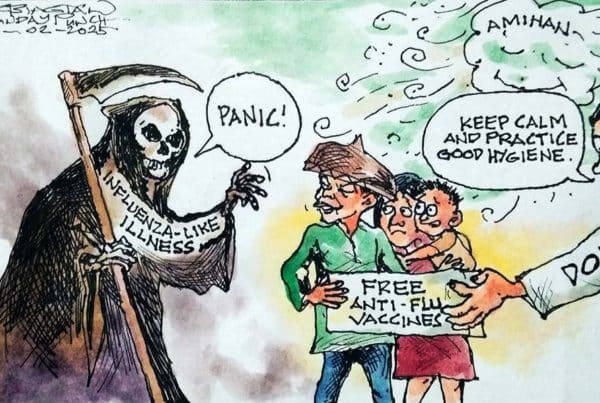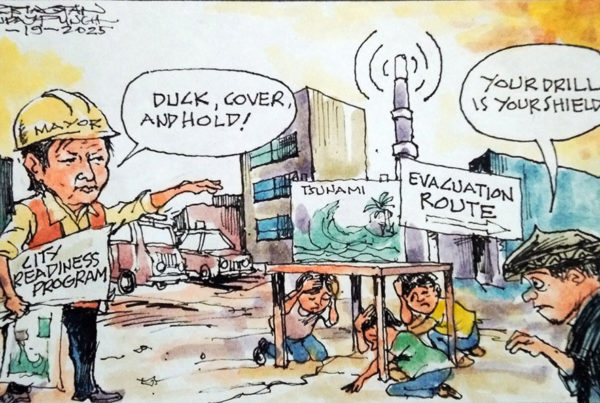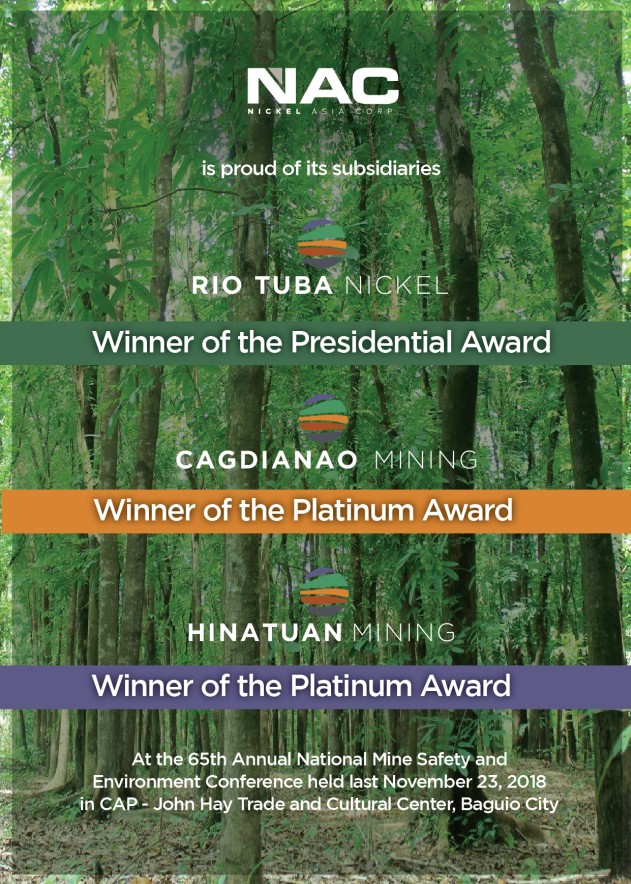Editorial
Partly to blame
AT HAND is the difficult task of rebuilding Pangasinan’s infrastructure, livelihood, homes and the spirit of the people badly shaken by such a devastating calamity. And along with the reconstruction work, we must seriously look into the hard lessons brought to us by this most recent flooding, considered to be the worst in the province’s recorded history.
The biggest lessons to be learned here point to our continued neglect of the environment, the indifference and abject lack of political will of our leaders to do what is right for environment.
While the release of water from San Roque Dam, without a doubt, aggravated the situation for the province that led to the loss of lives and serious economic dislocation of thousands, the argument that our people contributed to the disaster, indeed, holds true.
A sudden rampage of floodwater on the streets and fields in the province was unheard of but it happened. The floodwater, mudslides and landslides that buried many homes bore signs that read: Courtesy of denuded mountains, illegal encroachment on rivers, the neglect of drainage systems, and the uncontrolled disposal of garbage, among others. Indeed, put together, all these made communities completely vulnerable to changes in climate.
Disaster preparedness is one thing, and in that aspect, we have shown that we have already reached a commendable level of efficiency. Rescue and relief operations are also somehow well laid out. But protecting our environment is another matter. We need concrete actions and the stronger implementation of policies that are aimed towards preserving nature, which in turn, helps preserve lives. Disaster preparedness and rescue operations are both reactive. Protecting our environment is a proactive decision to make investments for a safer life in the future. But in all instances, political will is needed. Who among our leaders have this?
Our province has seen major devastations from typhoons in at least the last two years. We withstood heavy rainfall for days and Typhoon Pepeng perhaps would not have proven to be the deadliest, as extreme as Typhoon Ondoy, which wreaked havoc in the capital Metro Manila, if we had seen to care enough for our environment.
We can hope and must pray but surely cannot expect that we have been through the worst. Our country experiences an average of about 20 typhoons per year. Pepeng was just the 16th. We must now be prepared for calamities of the same — or even worse — magnitude in the months ahead.
Concededly, it is too late for this generation to effectively forestall a deadlier calamity but surely jailing one illegal logger, a corrupt local official who allows the degradation of our rivers, a contractor who cheats on the quality of structure of roads and dikes, etc will go a long way for the security of our future generation.









